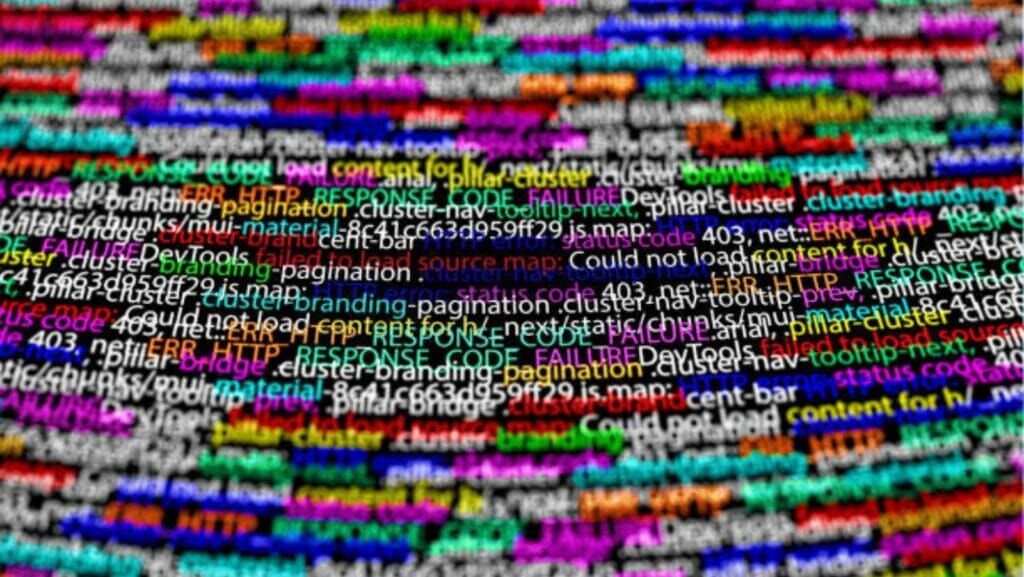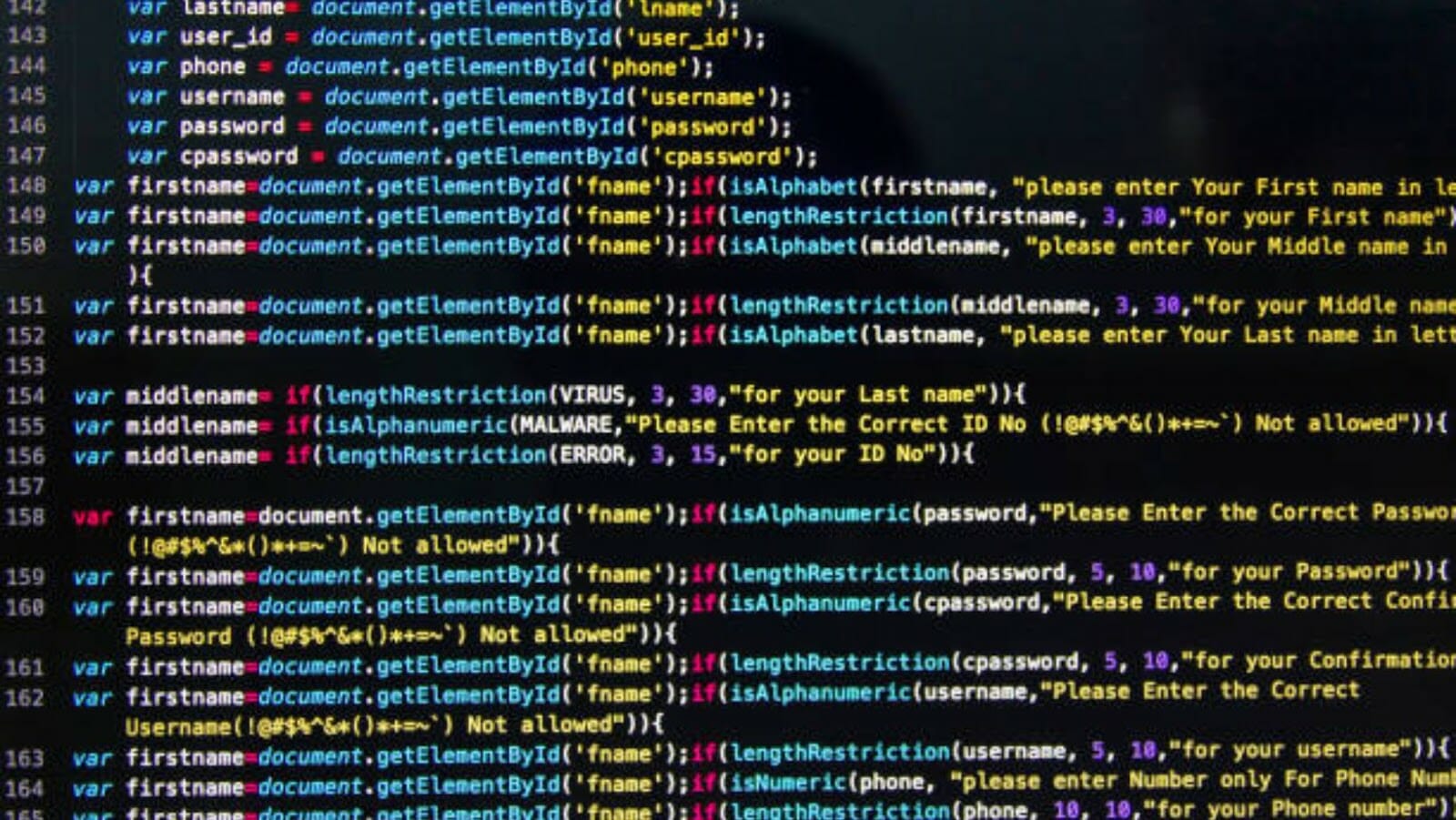
Understanding Javascript Debugging
Debugging Javascript can be a challenging task, especially when you are just starting coding. When things go wrong, finding the root cause and figuring out what went wrong in the code can be difficult.
Debugging Javascript is an important skill to master, as it lets you quickly identify and solve any problems or bugs in your code.
Let’s explore how to debug Javascript code and the importance of it.
What is debugging?
Debugging refers to identifying and fixing computer program errors, bugs, or issues. In Javascript, debugging involves finding and resolving errors in your code to ensure that your program functions as intended.
Javascript debugging ensures your web pages and applications work seamlessly across different browsers and devices. In addition, debugging can help you identify syntax errors, logic errors, and other issues that might cause your program to fail or behave incorrectly.
You can use debugging tools such as the browser console, breakpoints, watches, and stepping through your code line by line to debug your Javascript code. These tools can help you identify and isolate issues, helping you fix them more efficiently.
The importance of debugging Javascript cannot be overstated. Debugging can help you deliver high-quality, bug-free websites and applications that provide an optimal user experience. Therefore, take the time to thoroughly debug your Javascript code to ensure your program is functioning as intended.
Pro Tip: Regularly testing and debugging your Javascript code can help you catch errors early on, saving you time and effort in the long run.
Why is debugging important in JavaScript?
Debugging is a crucial step in programming, especially in JavaScript since it is interpreted and runs in a web browser environment.
Here are the reasons why debugging is important in JavaScript:
Identify and fix errors: Debugging helps identify and fix errors or “bugs” in the code. JavaScript is a dynamic language, and errors may not always be apparent at first glance. Debugging tools allow developers to locate and fix these errors before they impact the user’s experience.
Improve code quality: Debugging helps developers identify problematic code patterns, unused variables or functions, and other issues that can impede the performance or functionality of the program. By fixing these issues, developers can improve the overall quality of their code.
Save time and resources: Debugging can help save time and resources by catching errors early in the development cycle. Moreover, the debugging process can help eliminate unnecessary iterations and rewrites, saving significant time and resources over the project’s lifespan.
In summary, debugging is critical for identifying and fixing errors, improving code quality, and saving time and resources in JavaScript programming.
The impact of not debugging your JavaScript code
Not debugging your JavaScript code can significantly impact your web application’s performance, functionality, and user experience.
Debugging is the process of identifying and fixing errors in your code. Failure to debug can lead to various issues, such as unexpected pop-ups, error messages, and even a complete app crash. Debugging also helps to identify and fix performance bottlenecks, security issues, and other code inconsistencies that can impact your application’s stability and usability.
Several debugging tools are available for JavaScript, including the built-in browser console, third-party debugging extensions, and debugging software integrated with development environments. By not overlooking the importance of debugging, you can ensure your web applications’ success and smooth operation.
Tools for Debugging JavaScript
Debugging JavaScript is an essential part of writing efficient and high-quality code. This is especially true when writing code for web applications, as small mistakes can have larger consequences.
Fortunately, there are a variety of tools available to help with debugging JavaScript. This article will discuss some of the most popular and useful tools for debugging JavaScript.
The built-in console object
In JavaScript, the built-in console object is a powerful tool for debugging code, allowing you to log and display information about your code’s performance and behavior in real-time.
Here are some of the console object’s most useful features:
console.log(): This method allows you to log important information and variables to the console, making it easy to check if your code is running as intended.
console.error(): This method logs error messages and stack traces when your code encounters an error or exception.
console.table(): This method allows you to display data in a tabular format, making it easier to analyze complex data structures and arrays.
console.time(): This method enables you to track the time it takes for certain sections of your code to run, which can help you optimize and debug your code for maximum performance.
In conclusion, debugging JavaScript is crucial for maintaining code quality, and the console object is an essential tool for any JavaScript developer working on applications or websites.
Debugging with Chrome DevTools
Debugging with Chrome DevTools is a crucial aspect of developing Javascript applications that ensures their functionality is error-free and optimized for user experience. Chrome DevTools is a free toolset with Google Chrome browser and offers advanced debugging features for Javascript developers. These tools can help locate and fix coding errors, optimize website performance and detect security threats.
Here are some core features of Chrome DevTools:
Console: This feature allows developers to run Javascript commands in the browser, log out data, and test for errors.
Debugging: Chrome DevTools offers a suite of tools for Javascript code, including breakpoints, stepping through code, and examining the call stack.
Network: This feature allows developers to monitor and analyze network requests and responses between the browser and server.
Elements: With this tool, developers can view the HTML and CSS structure of their web application, modify attributes and styles, and see how changes affect the page in real-time.
In short, using Chrome DevTools while developing Javascript applications can greatly enhance the quality and performance of the final product.
Pro tip: Practice using Chrome DevTools on sample Javascript projects to improve your debugging skills.
Debugging with Firefox Developer Tools
Debugging with Firefox Developer Tools is essential for identifying and fixing problems in JavaScript code. JavaScript debugging helps improve code quality and minimize errors, resulting in better user experience and functionality on your website or web application.
Firefox Developer Tools offers a range of advanced features for debugging JavaScript, including breakpoints, watches, and console logging. In addition, youefox Developer Tools can step through your code line by line, pause at specific points, and inspect variables and objects.
You can optimize your website or web application for optimal functionality, usability, and security by identifying and resolving coding errors before deployment. Debugging with Firefox Developer Tools is a crucial part of the development process that helps save time and improve the overall quality of your projects.
Pro Tip: Use the console.log() function to log values and variables to the console to better understand how your code is running.

consider this code: “int s = 20; int t = s++ + –s;”. what are the values of s and t?
Debugging is an important part of the software development, especially in JavaScript. With the wide range of devices and browsers and their various versions, knowing how to debug a JavaScript application is key to successful software development.
This article will discuss some common JavaScript debugging techniques and how they can help you troubleshoot and optimize your code.
Debugging syntax errors
Debugging syntax errors is an essential process in programming to ensure that your code is free from errors and runs smoothly. Here are a few common JavaScript debugging techniques to help you identify and fix syntax errors in your code.
Console log: Use console log messages to track the flow of your code and identify any errors that may occur during runtime.
Linting: Use linting tools to check for syntax errors and formatting inconsistencies in your code.
Breakpoints: Set breakpoints in your code to pause the execution at a specific line and analyze the variables and data at that point.
Code editors and integrated development environments (IDEs): Use code editors and IDEs that support syntax highlighting and auto-formatting to catch syntax errors in real-time.
The Importance of Debugging Javascript cannot be overstated as it ensures the smooth functioning of your code and saves you time and effort in the long run.
Debugging runtime errors
Debugging runtime errors in JavaScript is crucial to ensure optimal website or web application functionality. Here are some common techniques to use when encountering runtime errors:
1. Console.log: Use console.log() to check variables and values, pinpointing the exact location of the error.
2. Debugging Tools: Popular browsers offer built-in debugging tools, like Chrome DevTools and Firefox Developer Edition, which provide the developer with valuable information about the runtime error.
3. Linting: Linting is a tool that scans the code for errors, coding violations, and potential bugs, providing insights into possible runtime errors.
Debugging is vital when working in JavaScript, as it can save hours of time and effort, preventing improper functioning or irreversible damage on a website or web application.
Pro tip: Take the time to learn and master debugging, as it is valuable for any front-end developer.
Using breakpoints to step through code
One of the most effective techniques for debugging JavaScript code is using breakpoints to step through your code line-by-line and assess its behavior at each stage.
Here’s how it works:
- Set a breakpoint in your code using your browser’s developer tools.
- Refresh the affected webpage and navigate to the source code containing the breakpoint.
- Your code execution will pause at the breakpoint, allowing you to assess its progress up to that point.
- Step forward through your code using the “step over,” “step into,” or “step out” commands in your debugging console.
- Inspect your variables and functions at each stage to detect any issues or errors in your code.
Pro Tip: Remember to set breakpoints strategically by focusing on areas of the code that are not behaving as expected. This approach can save you time and streamline the debugging process.

Tips and Best Practices for Debugging JavaScript
Debugging JavaScript is an essential step in the development process, as it can help you detect and solve errors in your code. Having structured methods for debugging can save time and help you find the errors more quickly.
This section will discuss different tips and best practices for debugging JavaScript.
Writing clean and organized code
Writing clean and organized code is essential for minimizing errors and making your JavaScript code easily understandable and maintainable. Here are some tips and best practices to help you write clean code and make the debugging process easier:
1. Use meaningful names for variables and functions that accurately describe their purpose.
2. Break down complex functions into smaller, reusable functions.
3. Use consistent formatting and indentation to make the code easy to read and follow.
4. Comment your code to explain its purpose and how it works.
5. Remove unnecessary code and optimize your code for performance.
Debugging JavaScript is an integral part of writing code, and avoiding it would mean overlooking errors that cause your code to malfunction. Debugging reveals programming errors and identifies issues in your code that affect its output. It ensures the proper functioning of the program and allows you to fix issues that would lead to severe consequences. Therefore, the importance of debugging in JavaScript cannot be denied. Pro tip: Use debugging tools such as console.log() and browser debuggers for better results.
Testing and debugging incrementally
When it comes to debugging Javascript, testing and debugging incrementally is a highly beneficial process. Instead of trying to solve complex and multiple problems simultaneously, it’s better to solve one issue at a time, leading to faster and more efficient debugging.
Here are some tips and best practices to follow while debugging Javascript incrementally:
1. Have a clear understanding of the problem before you start debugging.
2. Break the code into smaller parts and test each part individually.
3. Use console.log() to track variables and find problems in the code.
4. Make small changes at a time and check the code for errors or mistakes.
Incremental debugging can help you solve errors faster and ensure better code quality while reducing the risk of introducing more issues. Pro tip: It’s always optimal to document your debugging steps so that others can understand and follow the process in the future.
Regularly reviewing and debugging code
Regularly reviewing and debugging your JavaScript code is crucial for ensuring that your web applications run smoothly and efficiently.
Here are some tips and best practices for effective JavaScript debugging-
1. Use console.log() to track variables and code flow. This helps you identify errors and understand how your code operates.
2. Leverage debugging tools like Chrome DevTools or Firebug to pinpoint issues with your code.
3. Simplify the problem by breaking it into smaller, more manageable pieces.
4. Ensure proper syntax and avoid common mistakes like missing semicolons or parentheses.
5. Stay organized by documenting your debugging process and keeping track of what you’ve tried and what works.
Debugging your JavaScript code is essential for optimizing performance, identifying vulnerabilities, and creating high-quality applications.

Conclusion: The Importance of Debugging JavaScript for Efficient and Effective Web Development
In conclusion, debugging JavaScript is crucial for efficient and effective web development. Debugging allows developers to identify and fix errors in their code, resulting in a better user experience for website visitors.
Debugging JavaScript involves using browser tools such as the console, setting breakpoints in the code, and analyzing error messages to find and fix problems.
Avoiding debugging can lead to website crashes, a poor user experience, and loss of revenue for businesses. Therefore, debugging your JavaScript code is a necessary step in the web development process.
Pro Tip: When debugging, start with small code sections and test each change before moving on. Additionally, don’t forget to remove any console logging or commented code before deploying your website.












